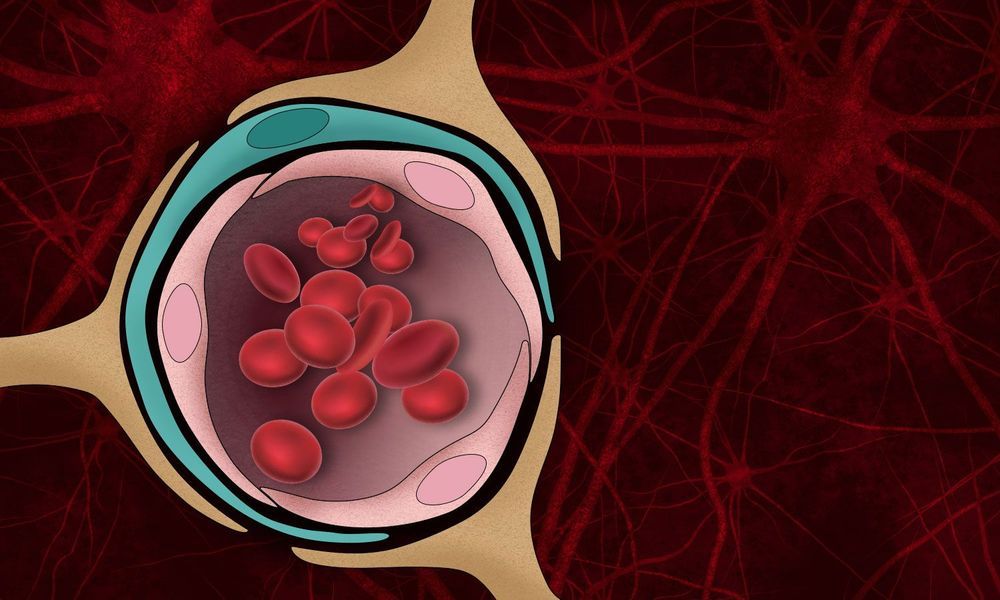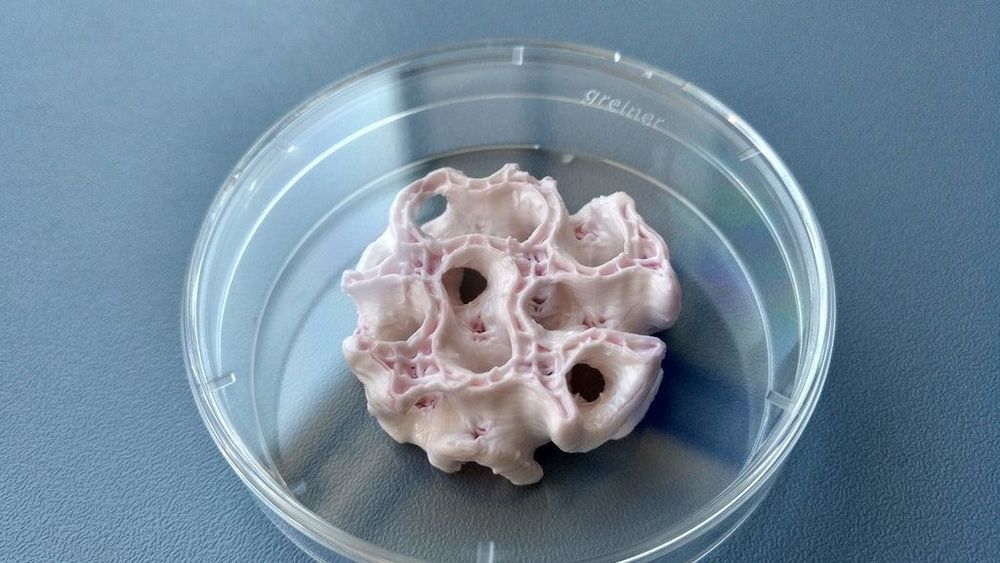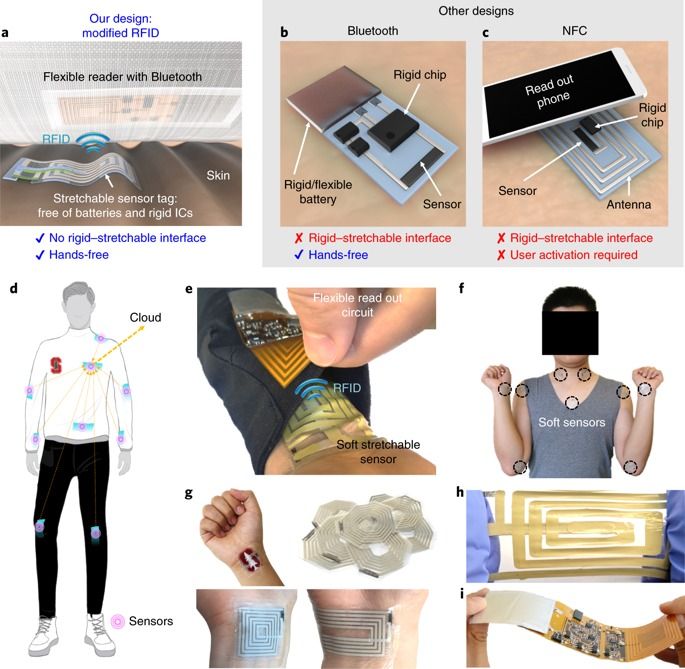Aug 19, 2019
NVIDIA AI Platform Takes Conversational User Experience To A New Level
Posted by Genevieve Klien in categories: biotech/medical, business, law, robotics/AI
After breaking all the records related to training computer vision models, NVIDIA now claims that it’s AI platform is able to train a natural language neural network model based on one of the largest datasets in a record time. It also claims that the inference time is just 2 milliseconds which translates to an extremely fast response from the model participating in a conversation with a user.
After computer vision, natural language processing is one of the top applications of AI. From Siri to Alexa to Cortana to Google Assistant, all conversational user experiences are powered by AI.
The advancements in AI research is putting the power of language understanding and conversational interface into the hands of developers. Data scientists and developers can now build custom AI models that work exactly like Alexa and Siri but for a specialized and highly customized industry use case from the healthcare or legal vertical. This enables doctors and lawyers to interact with expert agents that can understand the terminology and the context of the conversation. This new user experience is going to be a part of future line of business applications.


















